January 20, 2011
To other pictures
Fuel Petcock
This
bike had an Ewarts dual push-pull petcock that combined the main and
reserve valves into a single unit. It had been leaking badly when
I last rode it 30 years ago, and I'm sure whatever fuel was in it when
I parked it was soon gone.
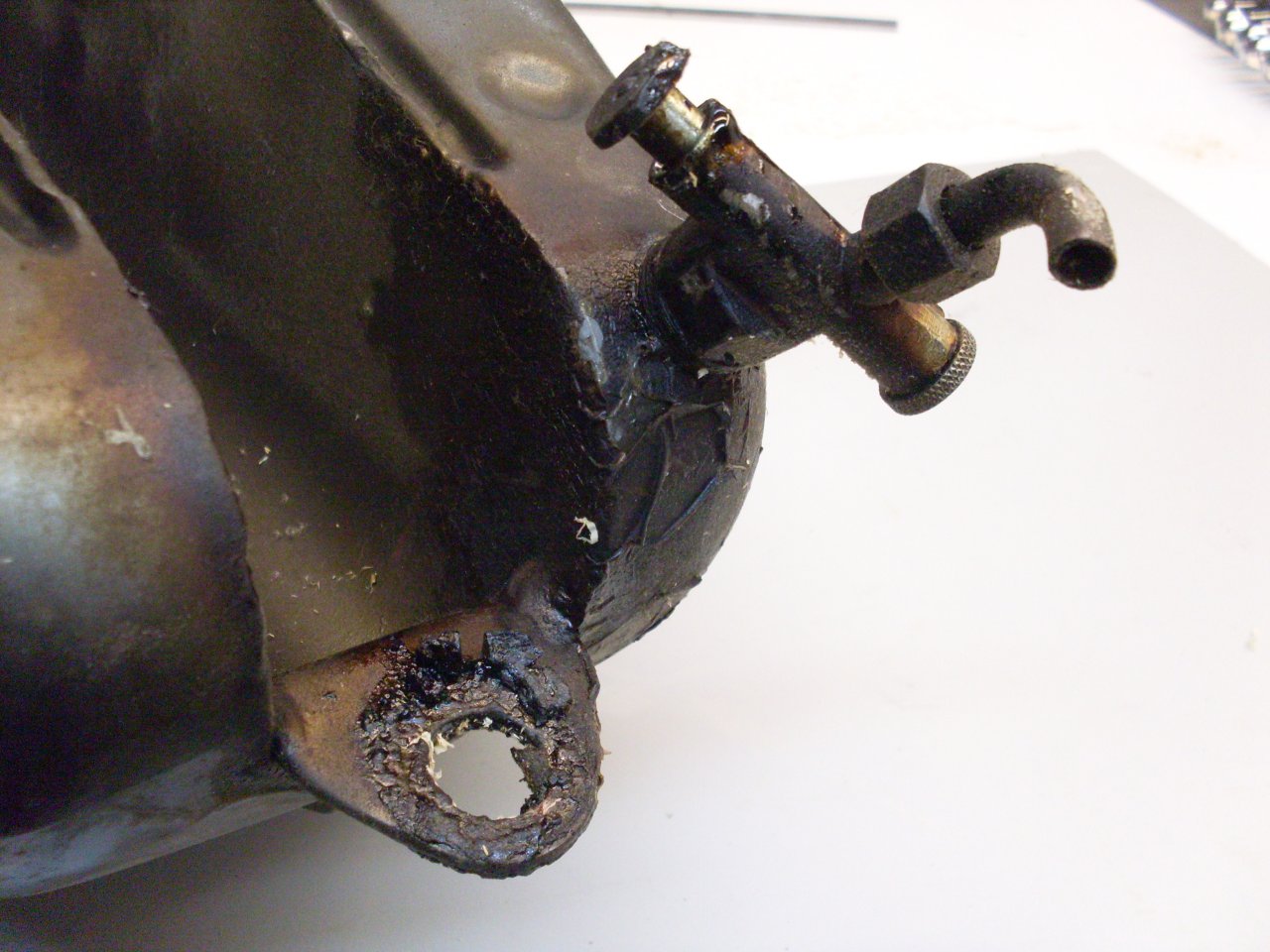
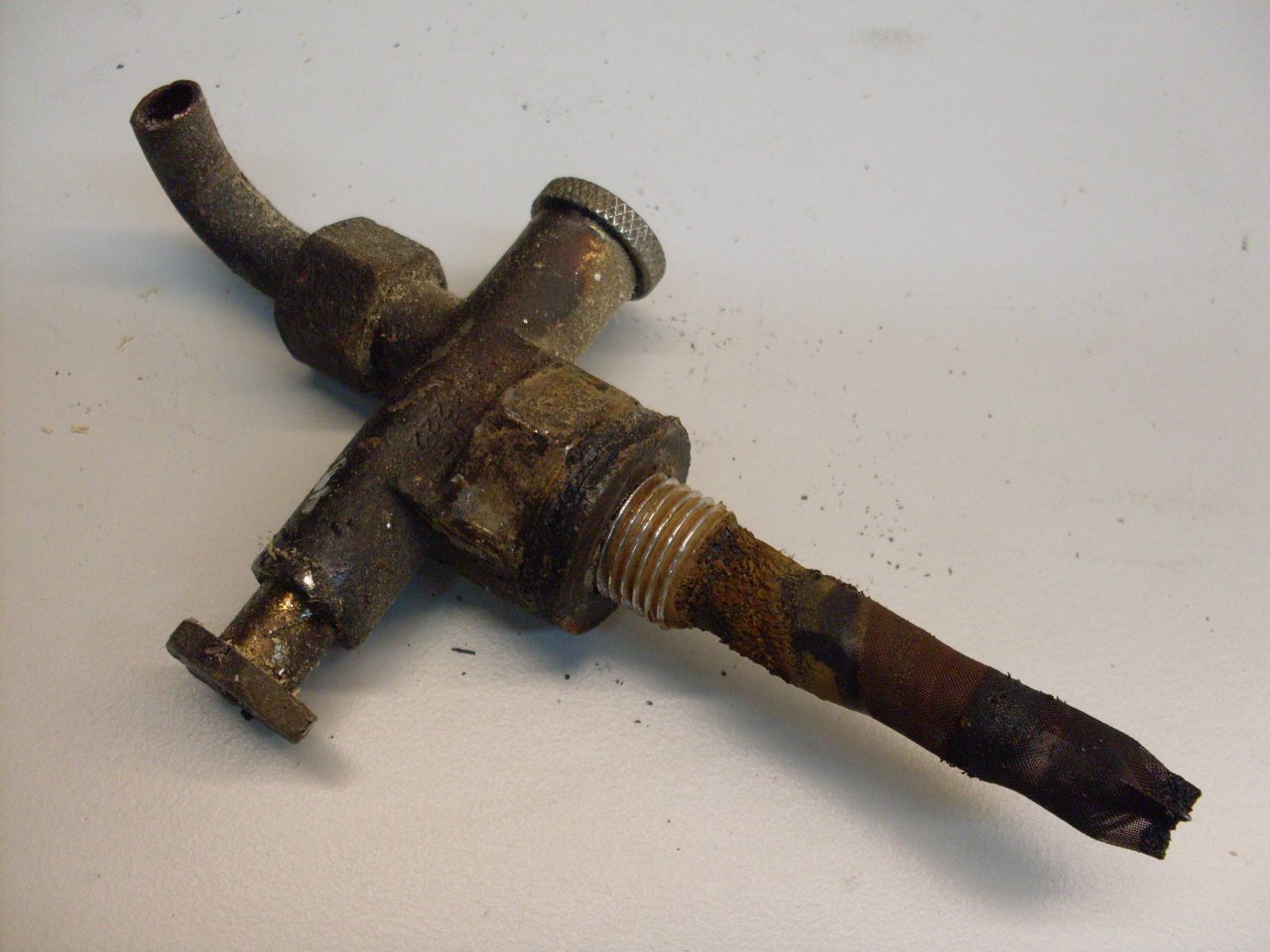
The
Ewarts, at least of this era, used cork gland seals. Though
some report that they have rejuvenated cork seals even this old by
various processes, including boiling or soaking in various fluids, I really believe these were toast. They were shrunken, dessicated, and brittle.
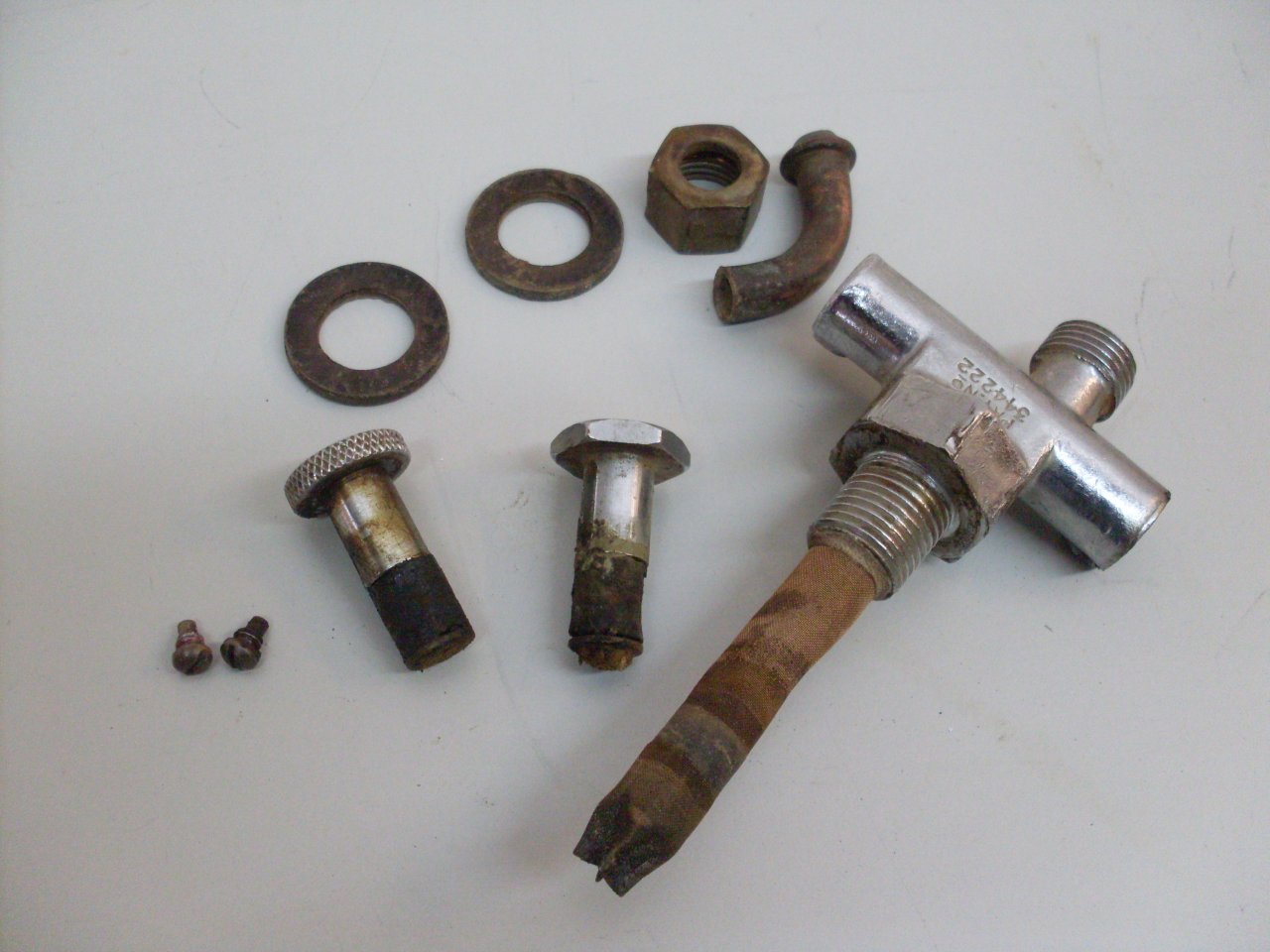
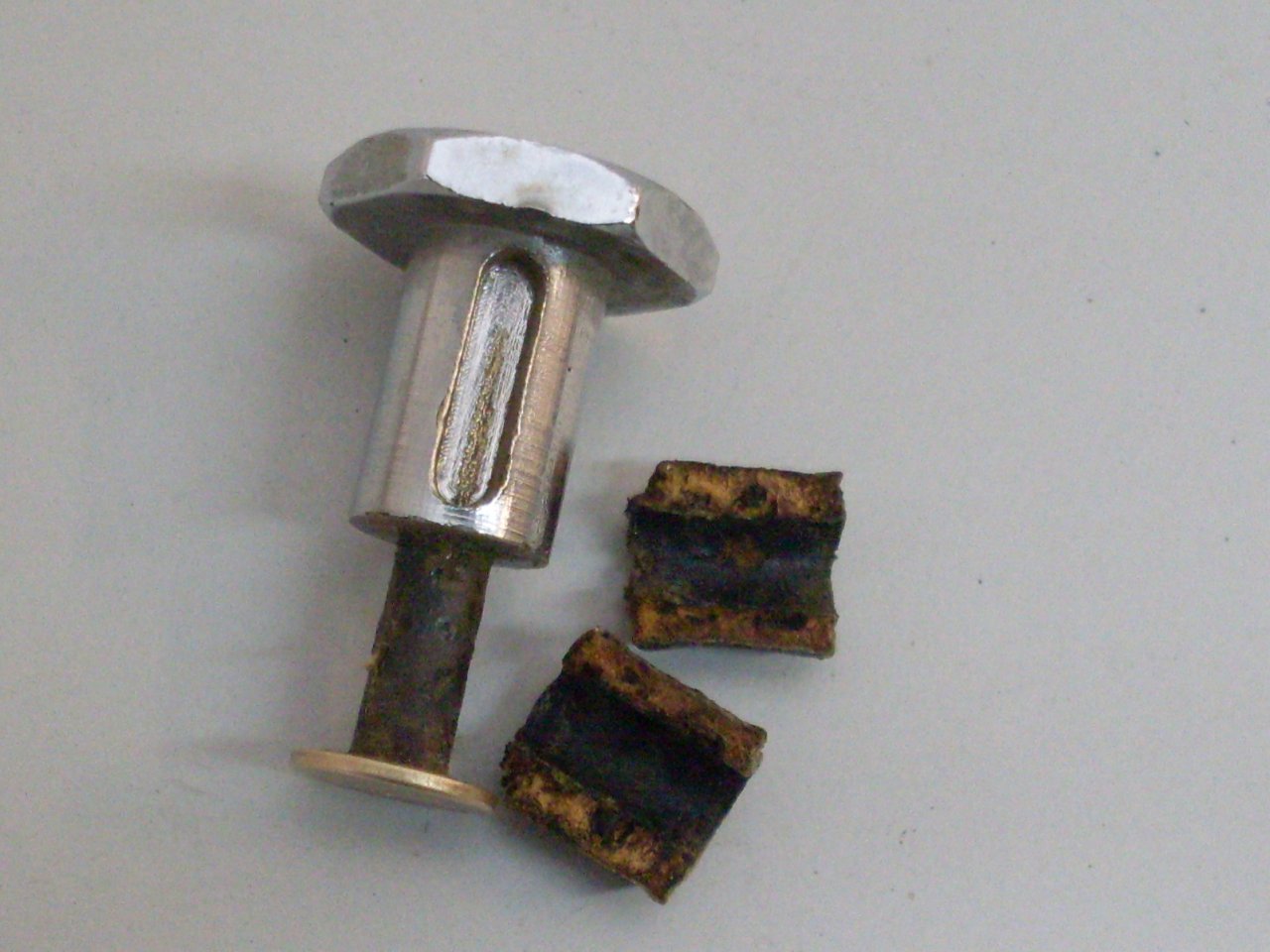
I've
seen upgrade kits that involve drillng out the brass center part of the
valves, and replacing it with a new brass part with two O ring grooves
machined in. This was an attractive approach, but the kits I saw
were over $30 each--and I'd need two of them. Still, the O rings
seemed to be in the right direction. I ordered some O rings of
the approximate size to fit the bore of the valve housing. In
playing with them, I found that a -105 O ring was a good fit on the
plunger spindle, but very loose in the bore. The next size
larger, a -106 was a good fit in the bore, but loose on the spindle.

My
final solution was to use two of each size, with the smaller ones
between the two large ones. The dimensions of the spindle were
just about perfect for this arrangement. These rings are of Viton
material, which has higher resistance to chemical exposure than some
other choices.

I
smoothed out the bore of the valve body to make sure the O rings would
slide smoothly, but the action was still pretty stiff. I found
some fuel-resistant grease that made the feel just right--firm,
but smooth.
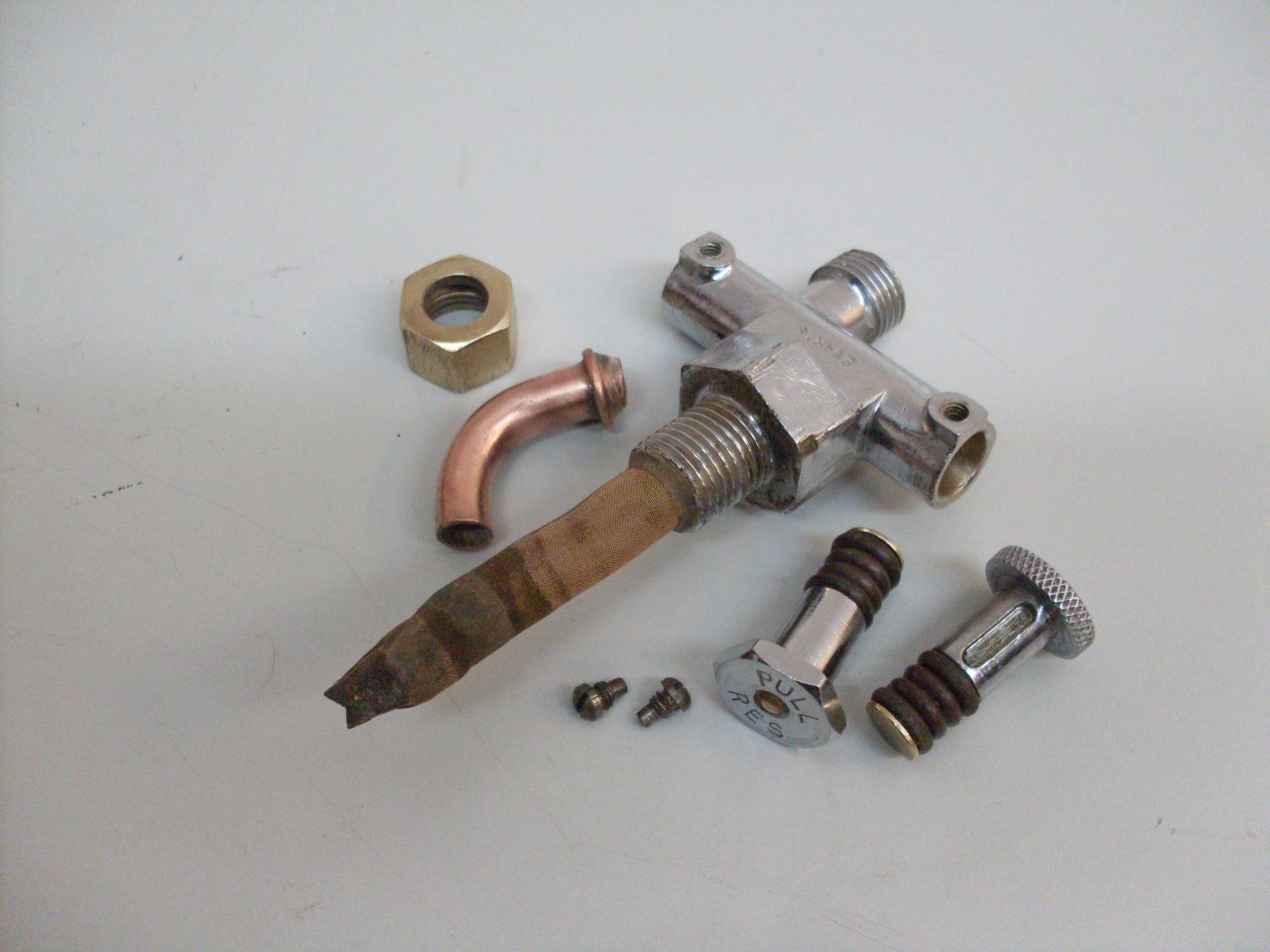
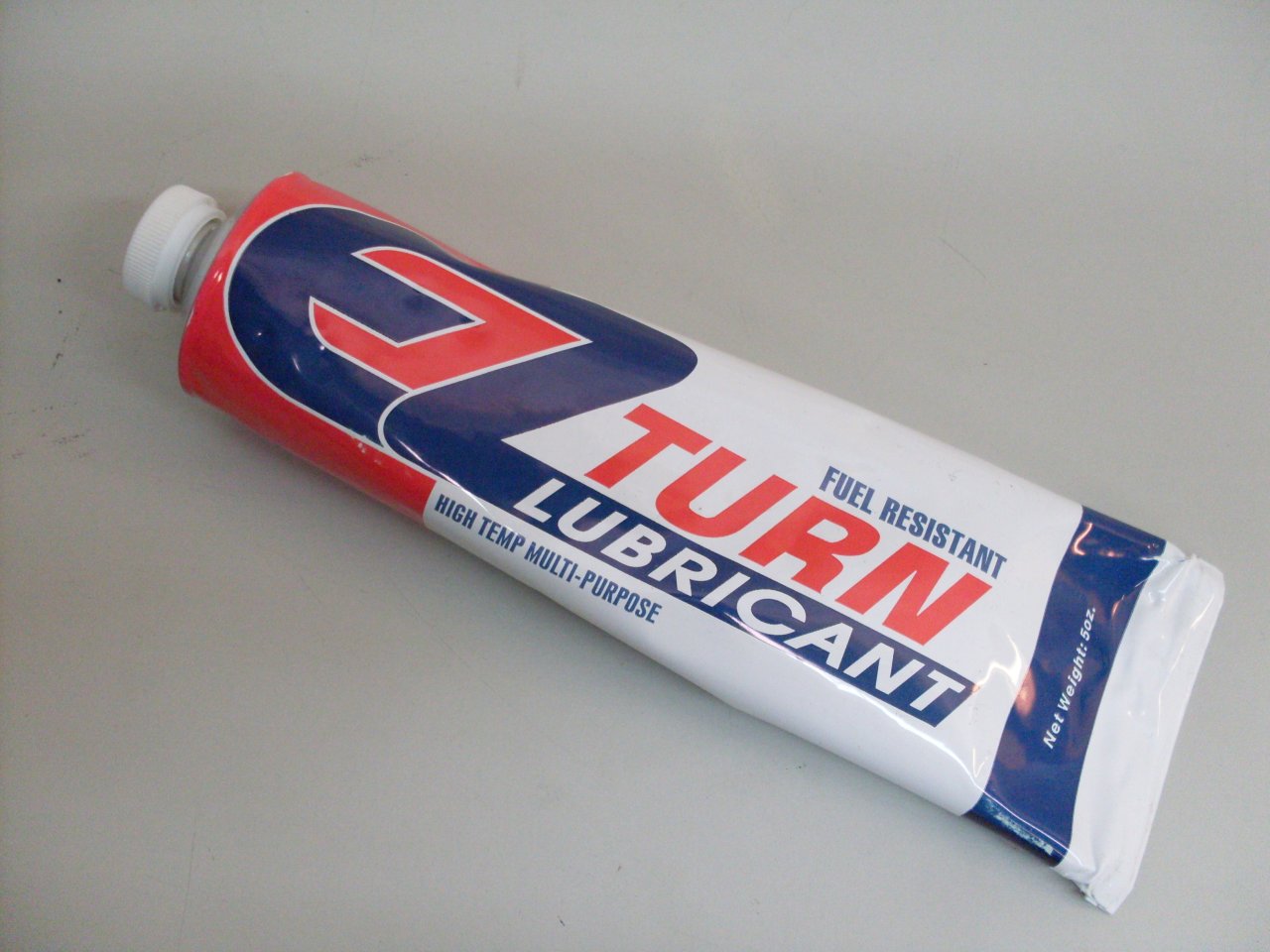
The
final rebuilt petcock. There's just a dab od Medium Locktite on
the keeper screws to keep them from wandering off. Can't wait
until the day I can mate this dude to the tank.
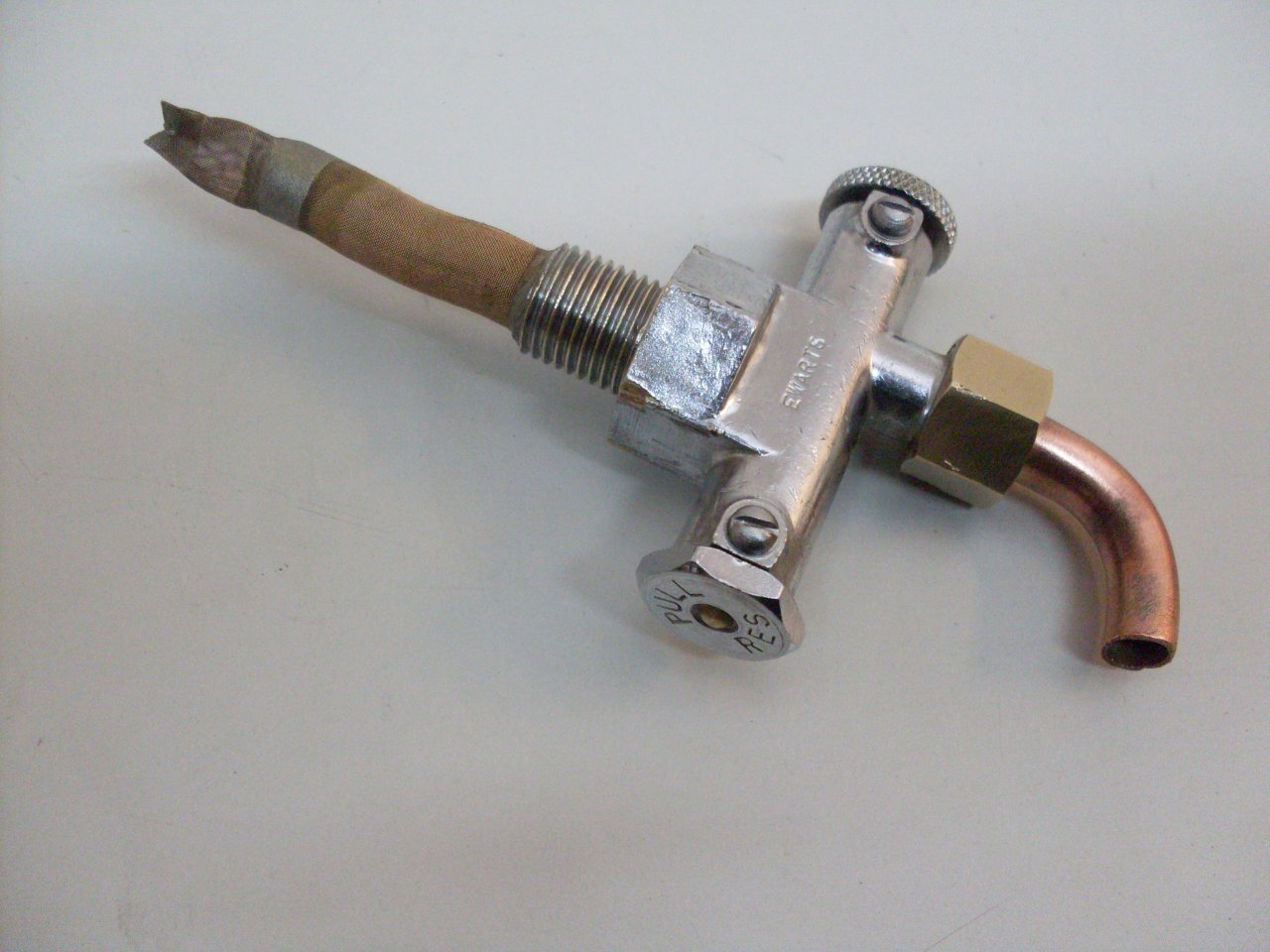
To other pictures
Send comments to: elhollin1@yahoo.com